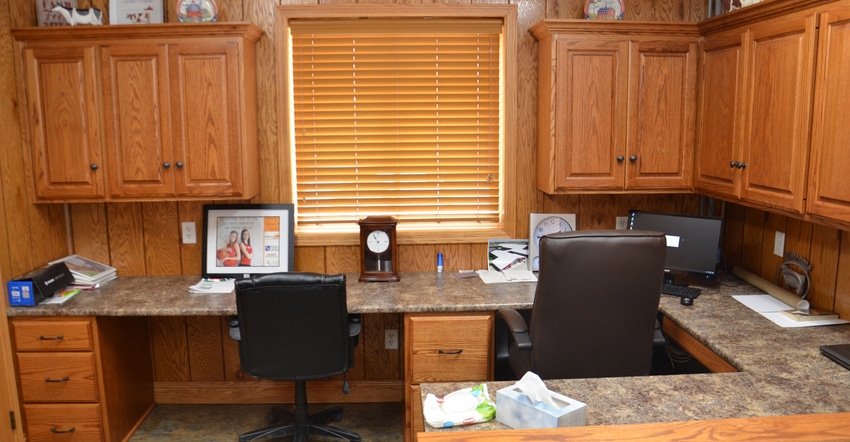April 19, 2021

Hoosiers living in rural Indiana believe well-functioning broadband service is a necessity today. And they want gaps in coverage addressed now. Those were the findings of a recent survey of 975 Indiana Farm Bureau members.
We couldn’t agree more. We live 25 miles from downtown Indianapolis, yet rely on an antiquated cell service for internet.
In the INFB survey, 97% said having reliable, high-speed broadband was either important or extremely important to their future and the future of rural Indiana. The statewide survey included Hoosiers in every county. Here are the most striking findings from the respondents:
A total of 40% said their internet service was occasionally to frequently out of service.
In all, 46% said their connection speed, for working remotely was inadequate to poor.
A total of 48% had used the internet for a telehealth visit in the past 12 months. Many noted that they experienced connection issues due to poor bandwidth.
A total of 53% said their connection speed for farm technology, including data transfers, was inadequate to poor.
In all, 56% specifically said that their connection speed for their home-based business was inadequate to poor.
A total of 57% said their connection speed for K-12 e-learning activities was inadequate to poor.
Compelling numbers
Indiana Farm Bureau has pushed enhanced broadband coverage, both in terms of areas covered and quality of coverage. It was one of INFB’s top priorities in the 2021 Indiana legislative session.
Randy Kron, a farmer and INFB president, puts up with inadequate service himself, even though he lives in Vanderburgh County, which includes Evansville, one of the state’s largest cities. Ironically, in a very rural area, he has access to high-speed internet because a rural utility received funding to install fiber optic cable.
Both his situation and my own highlight the patchwork quilt coverage of access to high-speed internet in Indiana. Kron believes the high rate of participation in the INFB survey and high numbers for those still struggling with broadband service illustrates that the problem is reaching critical proportions.
Seek solutions
Gov. Eric Holcomb’s $100 million proposal to fund rural internet enhancement projects through grants was a big step forward. The legislature embraced it, and a large share of that money is already committed to projects.
The problem is that providing high-speed access in rural areas is expensive. Believe it or not, $100 million isn’t nearly enough. That’s why INFB pushed for more funding this year in the new state budget.
INFB also supported House Bill 1449, which would require a project eligible for a rural broadband grant to provide speeds of at least 100 megabits per second downstream and 10 Mbps upstream as it extends service. The current requirements are only 25 Mbps downstream and 3 Mbps upstream.
Will there be other alternatives in the future? Maybe. Sources say Elon Musk continues working on his Star Link concept, which would blanket space with small satellites and provide fast internet service, even in rural areas. However, current projections indicate it would be costly, at least initially. There is no definite timeline on reaching rural Indiana.
Hoosiers need a solution now, as the INFB survey shows. We can’t wait. If there is another alternative in the future, that’s great — competition is good. The dire truth for Hoosiers today is that the future of many technologies is here now, and they’re not equipped to compete. That must change.
You May Also Like




